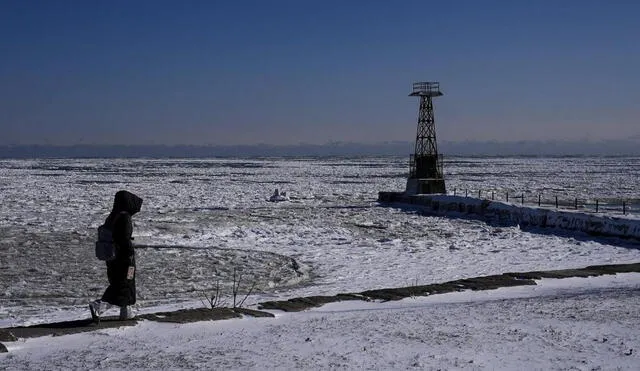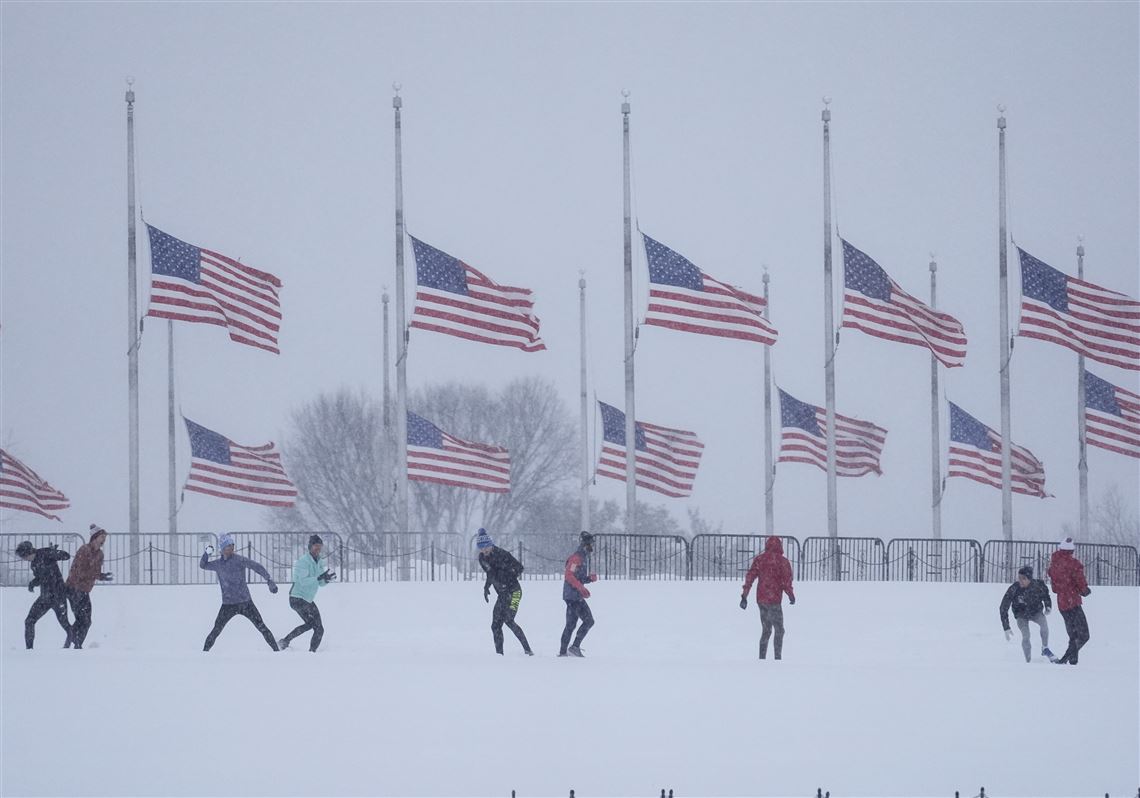Polar vortex freezes much of the U.S., colder than Greenland, but a significant warm-up is on the way
A powerful polar vortex has plunged much of the United States into freezing temperatures, even colder than Greenland. However, meteorologists predict a sharp temperature rise in the coming days before another possible cold wave arrives in early March.

A powerful polar vortex has engulfed much of the United States, bringing temperatures lower than those recorded in Greenland. Cities like Washington, D.C., have experienced intense cold, while Nuuk, Greenland’s capital, has seen relatively milder conditions. This unusual weather shift has surprised many and triggered widespread reactions.
Despite the current deep freeze, meteorologists anticipate a significant shift in weather patterns. Some of the hardest-hit areas could see temperatures rise by up to 32 degrees Celsius in the next week. However, this relief may be short-lived, as another Arctic air mass is expected to arrive in early March.

Polar vortex keeps much of the U.S. in its icy grip. Photo: Pittsburgh Post Gazzette.
The polar vortex and its impact on the U.S.
The polar vortex is a vast area of low pressure and cold air surrounding Earth’s poles. Occasionally, this frigid air moves south, affecting typically milder regions. In this case, much of the United States has felt its effects, with some areas recording temperatures lower than those on Mars this week. These extreme conditions have led authorities to issue life-threatening cold warnings across multiple states. Wind chills have dropped as low as -45.6 degrees Celsius in some regions, posing severe risks to anyone exposed without proper protection.
While the U.S. battles this brutal cold, Greenland has experienced unusually mild temperatures for this time of year. Nuuk, for instance, has reached 1°C, making it warmer than Washington, D.C. Some parts of Greenland have even recorded temperatures around 5°C since mid-February, contributing to ongoing ice melt. Experts attribute this pattern to a combination of Arctic warming and natural phenomena like La Niña. Judah Cohen, director of seasonal forecasting at Atmospheric and Environmental Research, explains that while Greenland receives warmer air, the U.S. is hit by displaced Arctic air.

Forecasters watch polar vortex for signs of a Beast from the East this February. Photo: Suffolk News.
Weather forecast and future outlook
Although current conditions remain harsh, relief is on the way. Some of the coldest regions could see temperature jumps of up to 32 degrees Celsius in the coming days. Computer forecast models indicate that the polar vortex will likely extend again, sending cold air southward somewhere specific and probably into the United States on about March 5, Cohen said. It is quite late for the polar vortex to extend, he added, but “this season it all looks very unusual.”
Looking at the past five winters, February, which is not usually as cold as January, still records the coldest temperatures of the season, and that is certainly the case this year, Maue noted.This erratic weather pattern highlights the complexity of atmospheric systems and the role of climate change in extreme events. Staying informed and prepared is crucial as communities adapt to these sudden temperature shifts and take necessary precautions.












